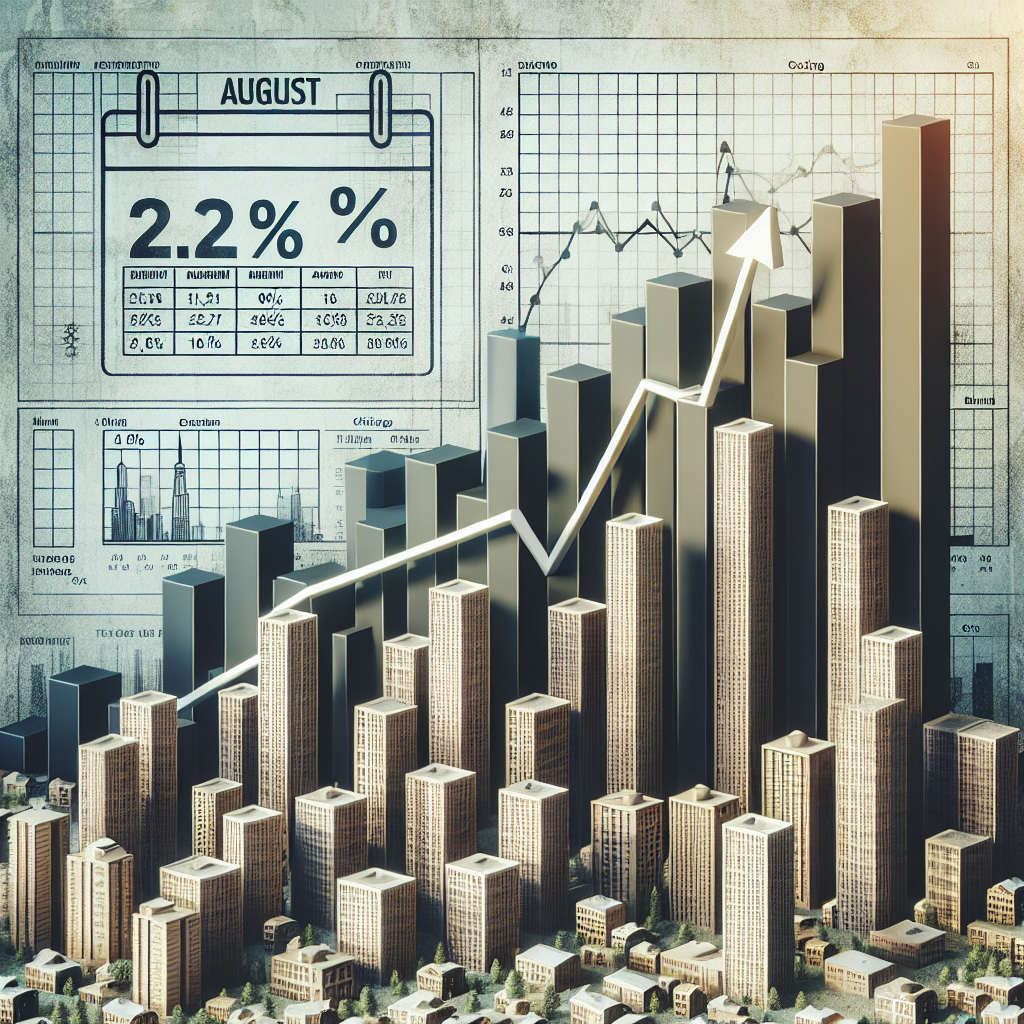Rents in big cities are getting more expensive. The latest monthly report on apartment rents in the US from the real estate platform Redfin shows a 2.6% year-over-year increase in the median rent nationwide in August. Particularly staggering increases were seen in cities like Chicago, San Jose in California, and San Francisco.
According to Redfin, the overall median monthly rent for leases in the US in August saw the largest annual increase since December 2022, reaching $1,790, just $70 shy of the highest rent record from the summer of 2002. Among them, one-bedroom apartments saw the largest rent increase, reaching $1,650 per month; two-bedroom apartments reached a median rent of $1,920 per month; while the rent for three-bedroom apartments and above remained unchanged.
Redfin surveyed 42 of the most popular Core-Based Statistical Areas (CBSAs) in the US, of which rents in 39 areas were on the rise. The largest increase was in Chicago, with a median rent annual growth rate of 10.7%, reaching $2,275 in August; the second largest increase was in San Jose, California, with a growth rate of 10.6%, four times higher than the national average, with an average monthly rent of $3,605.
Following are Philadelphia (annual growth rate of 9.9%, with a monthly rent of $2,034), Pittsburgh (annual growth rate of 9.8%, with a monthly rent of $1,739), Washington D.C. (annual growth rate of 8.7%, with a monthly rent of $2,414), Boston (annual growth rate of 8%, with a monthly rent of $3,121), Baltimore, Maryland (annual growth rate of 7.4%, with a monthly rent of $1,879), and San Francisco (annual growth rate of 6.9%, with a monthly rent of $3,000).
Additionally, the rent annual growth rates in California were higher than the national average in San Diego (average median monthly rent of $2,960), Sacramento, the Inland Empire’s Riverside and Ontario ($2,440), and the Los Angeles area ($2,900).
Redfin found that only three metropolitan areas experienced rent decreases, namely Austin, Texas (down 3.1% year-on-year), Louisville, Kentucky (down 2.4%), and Jacksonville, Florida (down 1.9%).
Experts believe that the main reasons for the rising rents are a decrease in supply and strong demand.
“The craze for building apartments during the pandemic has subsided, with most projects completed and new projects starting significantly less. High financing costs, rising construction costs, and diminished investor enthusiasm have slowed down developers,” said Sheharyar Bokhari, senior economist at Redfin. “The reduced supply of new apartments has led to tenants having less choice of space, allowing landlords to raise prices.”
According to the latest data adjusted for seasonal variation, the annual rate of new apartment construction in July fell to 385,000 units, a significant 45.4% decrease compared to the peak of 705,000 units during the pandemic in August 2024. According to another report released by Redfin last month, the number of apartment construction permits also declined, with a reduction of over 20% compared to the peak of construction during the pandemic.
In many areas of the US, tenants used to be able to negotiate perks such as free parking or rent discounts, but as supply diminishes, these incentives may gradually disappear.
On the other hand, as the cost of buying a home continues to rise, many potential homebuyers are postponing purchasing, leading to a significant increase in demand for rental properties.
For example, the Legislative Analyst’s Office in California pointed out in a report on April 21 that when the median monthly rent in San Francisco reaches $3,055, the average monthly mortgage payment in the area has already risen to $8,882; when the rent in San Jose is $3,305, the monthly mortgage payment has escalated to $9,438. Such significant disparities are forcing more people to give up buying homes and instead opt for renting.

